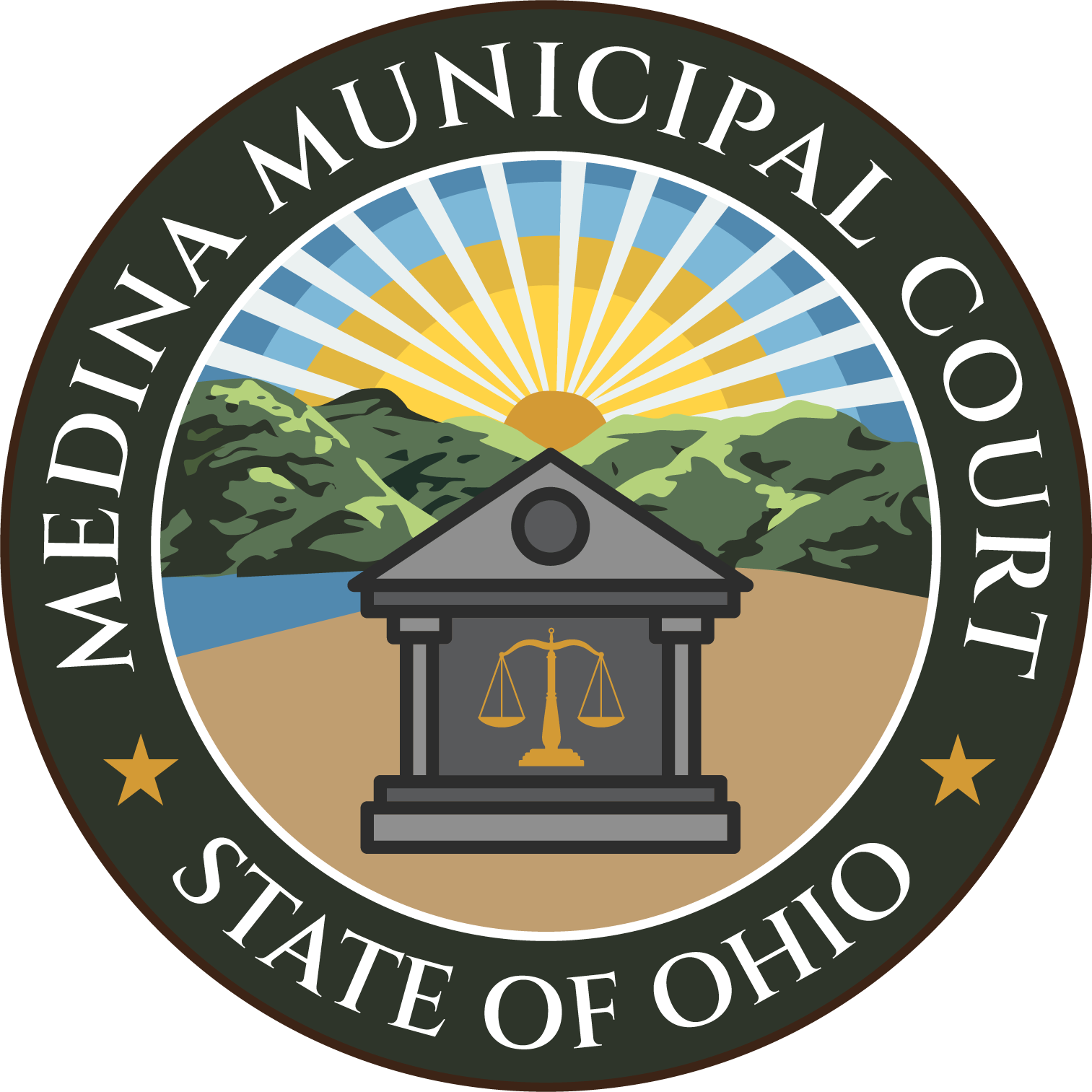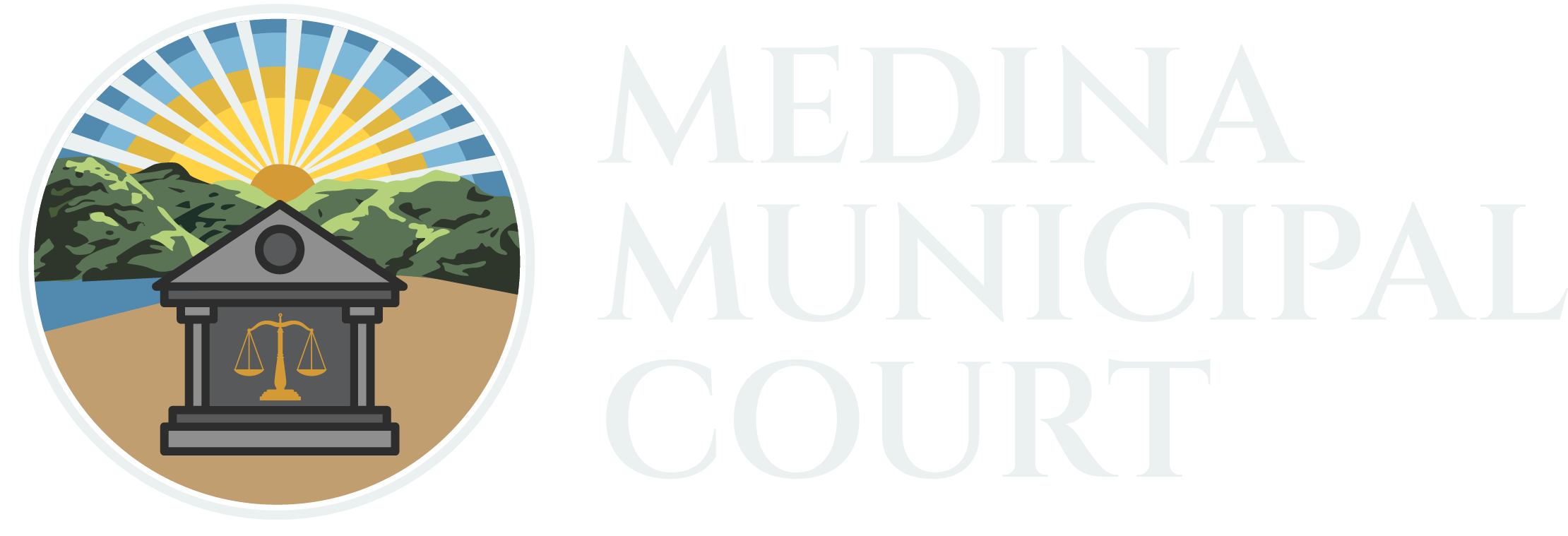Step by Step Through Small Claims Court
CIVIL COURT COSTS
The clerk’s office will give you a Complaint form, or you can download it from this site. The person who is suing is the plaintiff. The person being sued is the defendant. You must know the name(s) and address(es) of the person(s) or legal entity (corporation, partnership, etc.) you are suing. If you are suing a corporation, it is best to state the correct name of the corporation on the Complaint. You can check the Web site for the Secretary of State of Ohio (https://www.ohiosos.gov/businesses/) to obtain the name of a corporation and the name and address of its statutory agent (appointed by the corporation to accept service of legal papers). The maximum amount of damages that can be requested in Small Claims Court is $6,000.00. If documents are attached to the Complaint, provide a complete set of the documents for each defendant.
Service
The Court will mail a copy of the Complaint to the defendant by certified mail. If the address is incorrect or service cannot be completed, the plaintiff will be notified of this and must provide the clerk’s office with a good address so the Complaint can be served on the defendant. If service is not completed, the trial cannot go forward.
Trial
The trial is conducted by the Magistrate. The trial is the only chance the plaintiff and the defendant will have to present their witnesses, documents, and any other evidence that will help them prove their case. The Magistrate will not allow either side to provide additional evidence at a later time.
Magistrate’s Decision
After considering the facts and the law, the Magistrate will issue a written Magistrate’s Decision, or a Magistrate’s Decision-Judgment Entry that is signed by both the Magistrate and Judge. This will be sent to the plaintiff and defendant.
Objections
Whether a Magistrate’s Decision or a Magistrate’s Decision-Judgment Entry is issued, either party has a right to file objections to it. Written objections must be filed within fourteen (14) days of the time-stamped date of the Magistrate’s Decision or Magistrate’s Decision-Judgment Entry, a copy of the objections must be sent by the objecting party to the other side, and the objection must state on it that a copy was sent to the other side. There is a $25.00 filing fee. A transcript of the proceedings must also be filed by the party objecting. A new trial will NOT be scheduled before the Judge.
Final Judgment
If objections are filed, the Judge thoroughly reviews the file, the Magistrate’s Decision, any written objections, and any response to the objections before ruling on the objections. The Judgment Entry containing the ruling may adopt or modify the Magistrate’s Decision, or it may be entirely different from the Magistrate’s Decision.
Appeal of Final Judgment
The final judgment made by the Judge can be appealed to the Court of Appeals. This is a technical procedure that must be done shortly after the final Judgment Entry is issued. It will probably require the services of an attorney.
Vehicle Complaints
If your complaint has to do with a motor vehicle, you probably want to bring the original title or a certified copy of it with you to the trial.
If You Obtain a Judgment
If you obtain a judgment against the opposing party, and the party does not pay you the judgment amount, court costs, and interest after the judgment is rendered, you will have to take affirmative steps to collect the judgment. The most common methods used are wage garnishments, bank account attachments, execution on personal property, and filing a lien on real property owned by the defendant. The forms for these procedures are available from the Small Claims Division of the clerk’s office. If the plaintiff is a corporation, these methods of collection must be handled by an attorney on behalf of the corporation.
Getting Information to Collect a Judgment
If the judgment is at least 30 days old and you want to take steps to collect your judgment, but you don’t know the necessary information (e.g., where the other party works, banks, etc.), you can request a Financial Information Order from the Small Claims Division of the Clerk’s office. Plaintiff corporations are permitted to request a financial information form without being represented by an attorney. There is a $25.00 filing fee. A form will be sent to the party who owes the judgment. That party must complete the form and return it to the Court.
Once the form is completed and returned to the Court, the Clerk’s office will mail a copy of it to you. The information on the form should be useful to you in collecting your judgment. If the other party does not file the form timely, you will receive copies of notices that the Court sends to them. You may not need to appear for some of these post-judgment hearings, so read your notice carefully.
Court employees cannot give legal advice. If you have any questions about your case that are not covered here, you may want to speak to an attorney.
You may contact the Medina County Lawyer Referral Service at (330) 725-9794.
Ohio Revised Code 1925.02 specifies that the Small Claims Division does not have jurisdiction in any of the following:
- Libel, slander, replevin, malicious prosecution, and abuse of process actions
- Actions on any claim brought by an assignee or agent
- Actions for the recovery of punitive or exemplary damages
Chapter 1925 of the Ohio Revised Code contains details about Small Claims and the types of cases that can be heard in Small Claims. Parties are encouraged to read this chapter prior to filing or appearing in Small Claims cases.
You can access the Ohio Revised Code here: Ohio Revised Code

